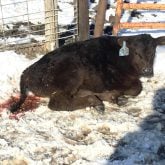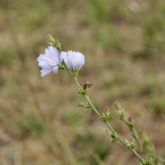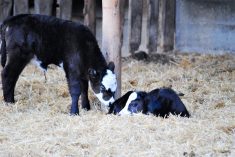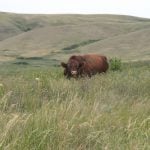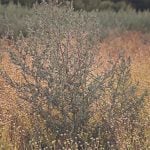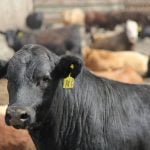Luke Smith’s east quarter section on the edge of the Blue Hills southwest of Avonlea consisted mainly of slough grass and willow with patches of fescue and brome where prairie sat above a large spring-fed slough. The area provided abundant grazing for 20 replacement heifers and a bull. He called after checking the group with a report that some of the heifers developed a deep cough that worsened when he tried to move them. One animal went down and died in respiratory distress.
Could he bring it in for post mortem examination I asked.
Read Also
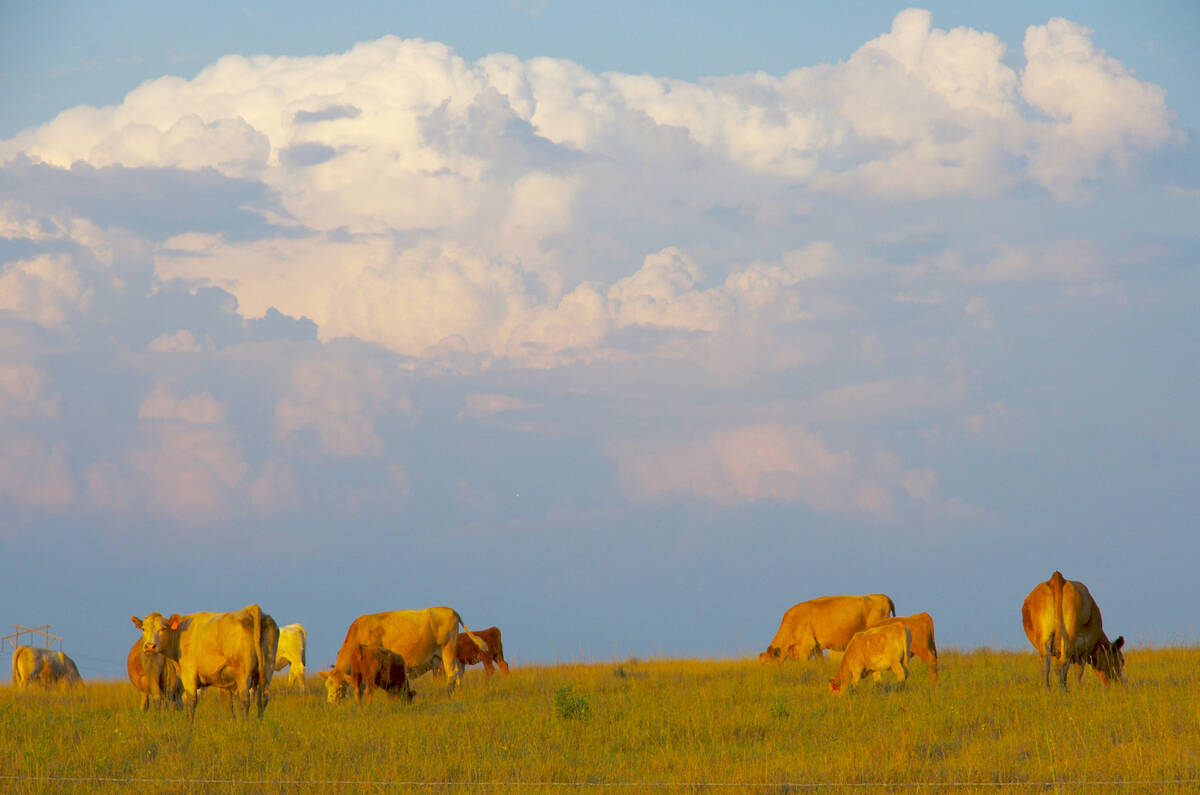
Canadian Beef Check-Off Agency reports on investments and activities
The check-off agency’s work behind the scenes is what ensures cattle check-off dollars are invested wisely, accounted for transparently and deliver measurable value back to producers and importers.
It didn’t take long to uncover the problem. The trachea and smaller bronchi of the lungs were swarming with thin, immature and adult lungworms (Dictyocaulus viviparus). Fecal samples were loaded with larvae and characteristic eggs.
Parasites that live in animals’ digestive tracts are the most frequent and arguably the most important parasites that infect animals. A lesser-known class of parasites are those that reside in the lungs and windpipe. Lungworms affect a diverse range of animal species. They are common in marine mammals such as dolphins and whales. On dry land, deer, elk and muskox are often affected. Among domestic species, cattle, sheep, goats, llamas, alpacas, horses, donkeys and pigs all have their own unique lungworms. Dogs and their wild relatives — wolves, foxes and coyotes — can be infected with several species of lungworms. Even cats have their own type of lungworm.
The impact of lungworms on an individual animal depends on its immune system and the number of larvae ingested. The most severe infections tend to occur in young animals. Adults that have survived previous infections can develop resistance.
In all infections, worms block lower airways within the lungs, leading to patchy areas of edema (fluid) and emphysema (trapped air). Heavy lungworm infections cause pneumonia and bronchitis. Animals with severe infections develop a chronic cough, lose weight, have difficulty breathing and become lethargic. Some animals die. In many cases, there are few outward signs of illness.
Larvae are dispersed from the fecal pat by common fecal fungi. They are propelled into the air when spores are released. Ingested larvae penetrate the intestinal wall and migrate to the lungs via the lymphatic and circulatory systems where they mature into adults. Females lay eggs that hatch in the bronchi. Larvae are coughed up and swallowed, then passed in feces. A small number of adult worms and immature larvae survive and overwinter in infected animals. Infective larvae can remain viable in the soil as well as on pasture over the winter.
However, silent carriers of lungworms are the most important source of larval contamination in pastures, not larvae surviving in the pasture over winter. First-stage larvae (L1) are shed and develop to infective larvae (L3) in as little as one week. Lungworm infections in herds or flocks are controlled primarily with anthelmintics.
Lungworms may be brought into the herd by new animals or the herd may become infected by grazing on contaminated pasture. Cattle producers in Alberta and Saskatchewan may want to be extra-vigilant for signs of lungworms during drought where pastures are sparse and cattle are forced to graze low-lying, damp areas. Moist areas in otherwise dry pastures could offer prime habitats for lungworms.
If lungworm is suspected on your farm, regular fecal samples should be taken from calves to determine lungworm burden. Have a veterinarian examine the cattle as soon as coughing is noticed. There are a variety of drugs (anthelmintics) available for treatment.
Calves and younger stock seem to be the most susceptible. Lungworm is a seasonal disease. The diagnosis is usually made in late summer or autumn. Adult cattle are more resistant to lungworms than calves. Immunity from previous exposure plays a role.
Young animals slowly develop immunity to lungworms if they are not overwhelmed by their first encounter. Good pasture management can limit early exposure to lungworms. Rotational grazing helps because it lessens the need for cattle to graze in marshes. Well-drained pastures limit the number of infective larvae. Young animals should be kept out of areas that might be heavily contaminated.
Steps used to prevent lungworm outbreaks are:
- Low stocking rates.
- A closed herd policy or quarantine and treatment of introduced stock.
- Not mixing young calves with older calves.
- Avoiding lush, wet pastures or paddocks with swampy areas if possible at times of high risk.
- Using rotational grazing if possible, moving at weekly intervals, followed by adult immune cattle.
Blood samples can be analyzed for antibodies to D. viviparous and fecal larvae counts can be used to assess exposure from early summer through the grazing season. However, a negative fecal result is not proof of the absence of disease; larvae are rarely found, especially in adult cattle with mild symptoms. But they do respond to anthelmintic therapy.




